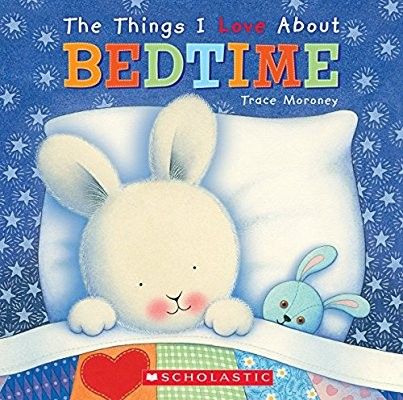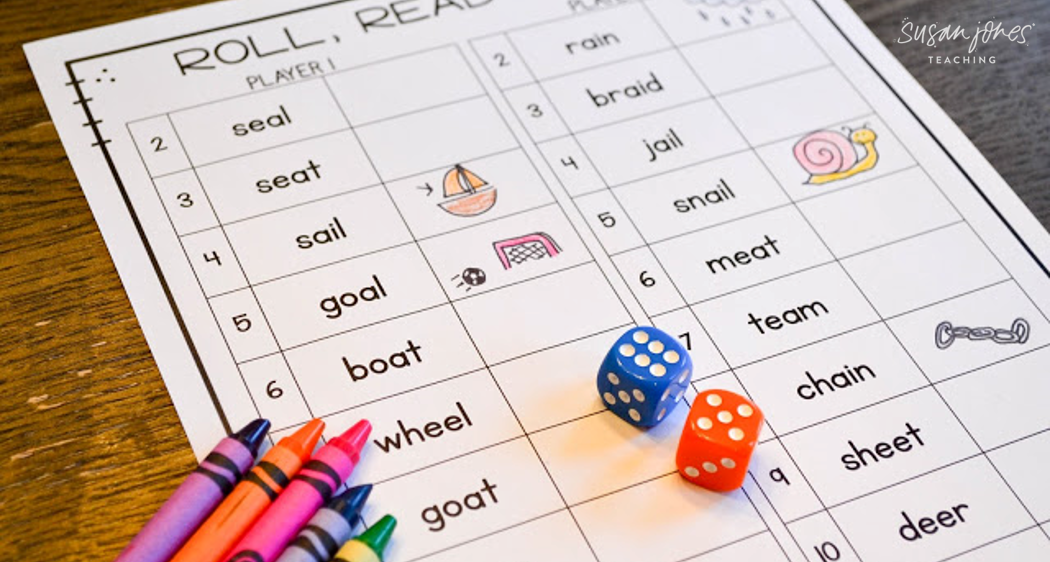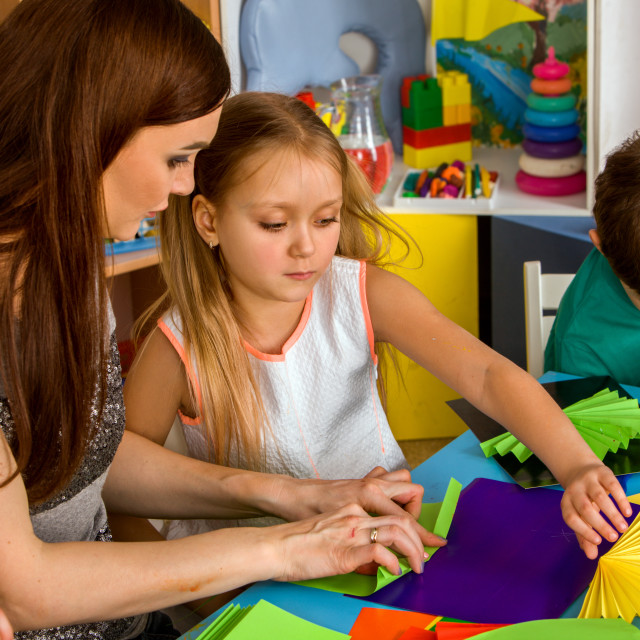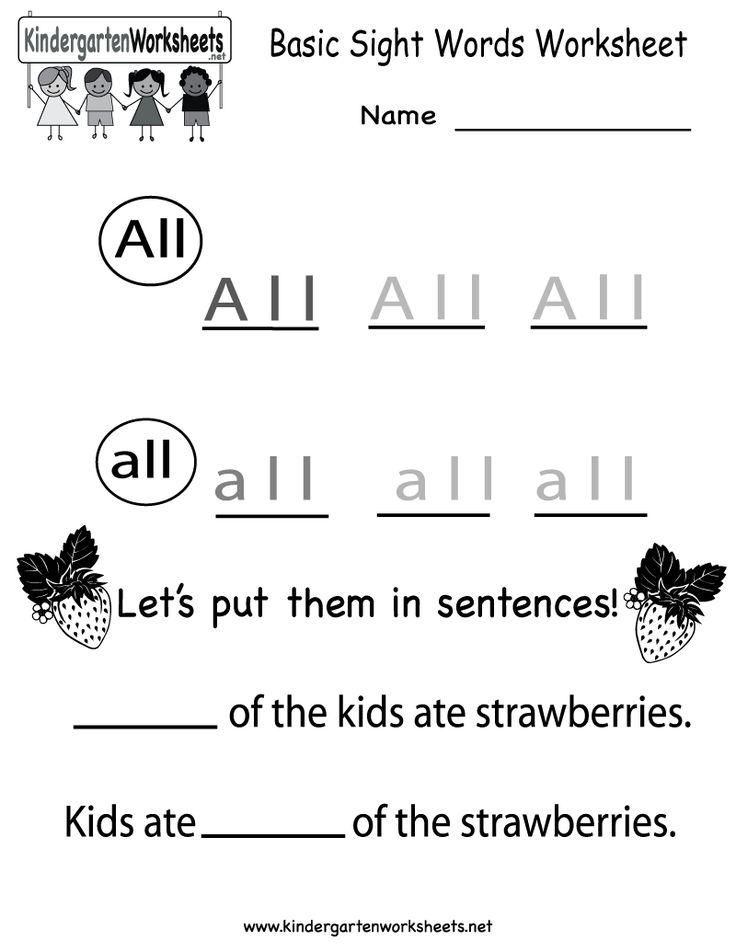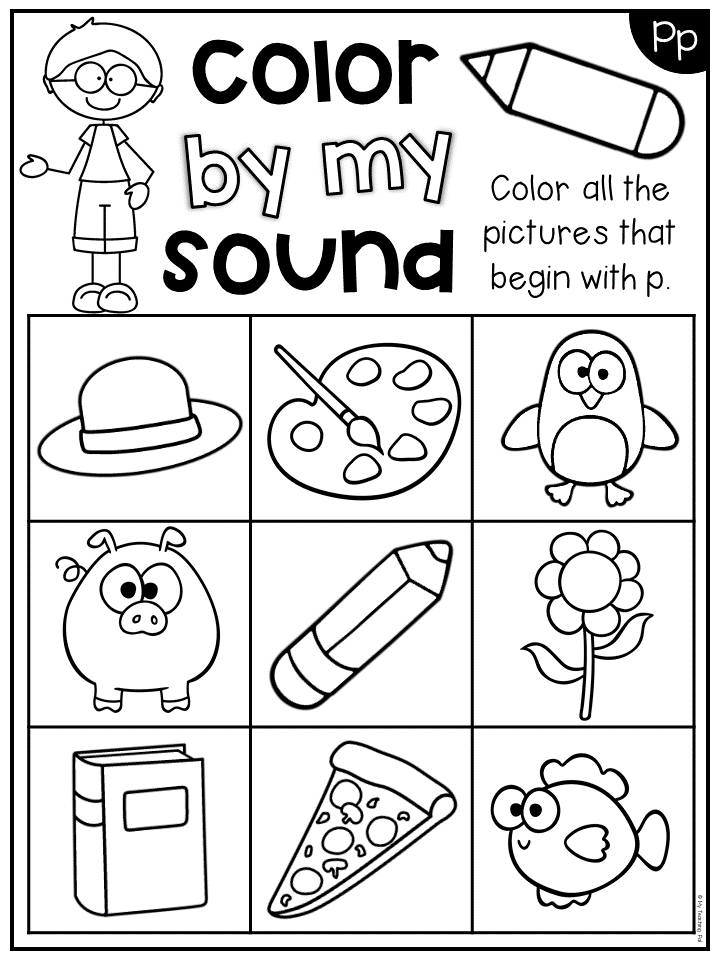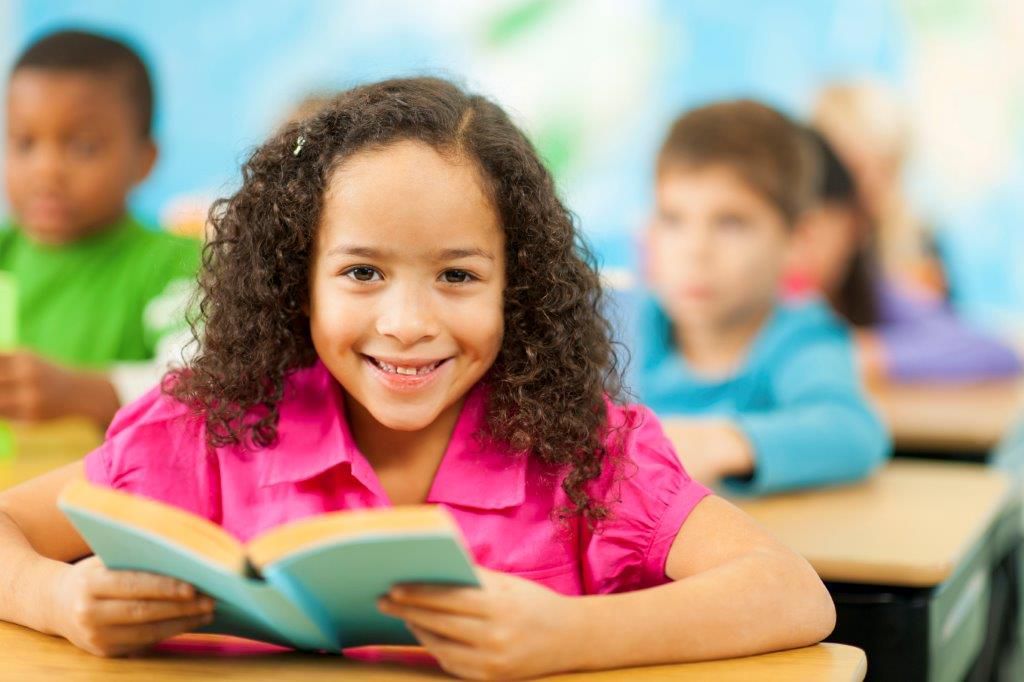Letter t books preschool
Books to read
This post contains affiliate links. As an Amazon Associate I earn from qualifying purchases.
One Tiny Turtle, by Nicola Davies
This is a nonfiction book about the life of the loggerhead sea turtle. The text of the story is so beautifully written that it feels like poetry. “Far, far out to sea, land is only a memory, and empty sky touches the water.” When my Five read this to herself, she didn’t like it, but she changed her mind after I read it to her. The book is so interesting and beautiful to look at that we had lots to talk about. Highly recommended!
Richard Scarry’s Cars and Trucks and Things That Go, by Richard Scarry
How can you go wrong with a giant-sized book of Richard Scarry-style transportation? If you’ve never heard of Richard Scarry, then perhaps you are of a younger generation. These were very popular books when I was a kid and for a number of years before that.
(I’m in my mid-30’s, if you must know.) These books are excellent for kids to look at on their own because they are overflowing with interesting pictures. They’re also great vocabulary builders because the pictures are all labeled. You might not read this book from beginning to end, but you will love to find something new every time you pick it up. Our library’s copy is quite worn out; this might be a good purchase for my son’s third birthday.
The Tub People, by Pam Conrad
The Tub People line up at the edge of the tub — always in the same order: the father, the mother, the grandmother, the doctor, the policeman, the child, and the dog. They love to play sea captain and have water races– until the horrible day when the Tub Child disappears down the tub drain. This is one of my favorite picture books of all time — so I won’t share the ending in hopes that you read it for yourself! Did I make you feel like you were watching Reading Rainbow? (Whoops – I’m dating myself again.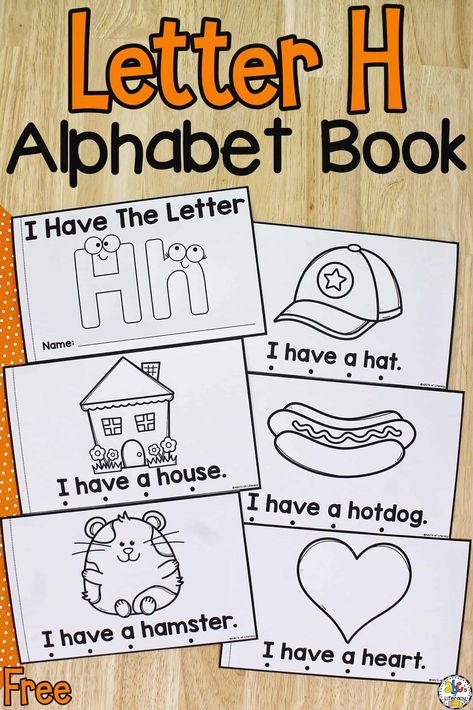 )
)
Duck in the Truck, by Jez Alborough
I’ve highlighted this book before (see Rhyming Books for Toddlers and Preschoolers). It’s still a favorite of my Two, and he is deeply disappointed when it must be returned to the library. This is a fun rhyming book about a duck whose truck is stuck in the muck… and the animals who help him get out.
From Tomato to Ketchup, by Roberta Basel
We love “how things are made” books. My kids are still quoting from this book. “Did you know that some people put ketchup on eggs and spaghetti?” or “You have to take the air out of ketchup when you make it.” I like the simple explanations and big photographs.
Big Truck and Little Truck, by Jan Carr
This is not my personal favorite because I like my books about trucks to be short. But my Two (almost three) loves this book. And it is certainly well-written with endearing illustrations.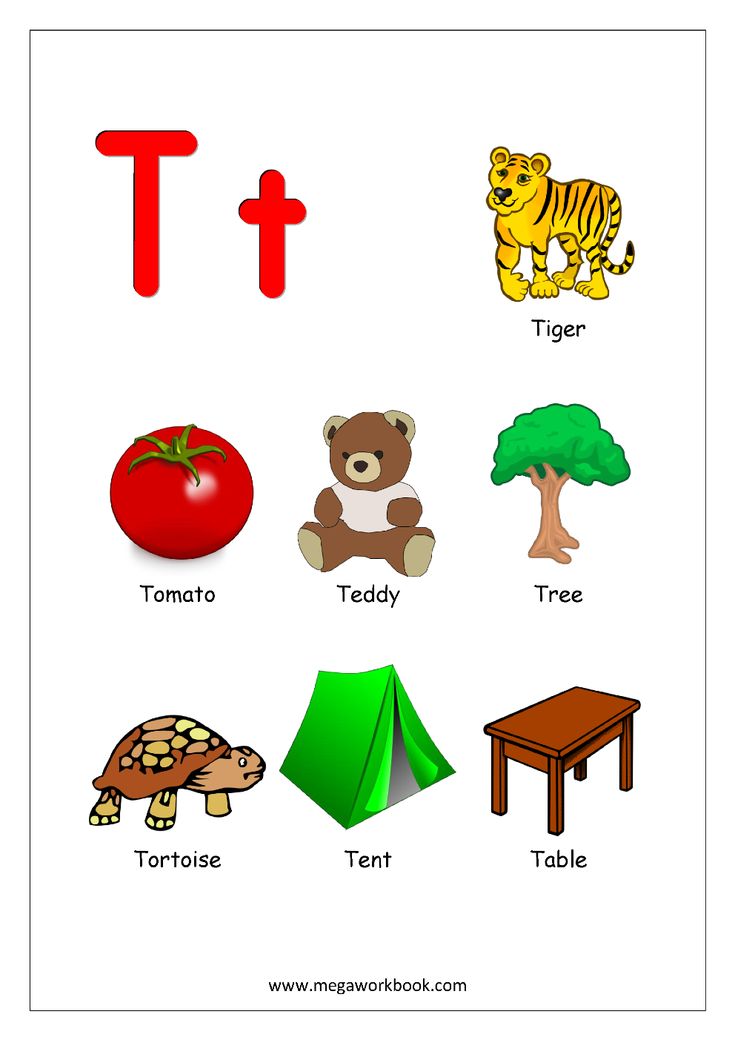 Big Truck and Little Truck both work on Farley’s Farm. Little Truck is used to Big Truck’s guidance and instruction — so when Big Truck’s engine won’t start and he leaves for the shop, Little Truck has to manage by himself. It’s a sweet story about learning to be independent.
Big Truck and Little Truck both work on Farley’s Farm. Little Truck is used to Big Truck’s guidance and instruction — so when Big Truck’s engine won’t start and he leaves for the shop, Little Truck has to manage by himself. It’s a sweet story about learning to be independent.
Trashy Town, by Andrea Zimmerman and David Clemesha
This is a big favorite at our house. Mr. Gilly drives around Trashy Town collecting garbage. After each pick-up we read, “Dump it in, smash it down, drive around the trashy town!” The simple illustrations, predictable text, and of course the subject (trash!) will likely make this a winner at your house, too.
Freight Train, by Donald Crews
Here’s a picture book classic in which vibrantly colored train cars move through a tunnel, by cities, across trestles, and right off the page. This is a great book for teaching about colors and movement.
The Tiger Who Came to Tea, by Judith Kerr
When I can, I like to include at least one older book in my Letter of the Week book lists.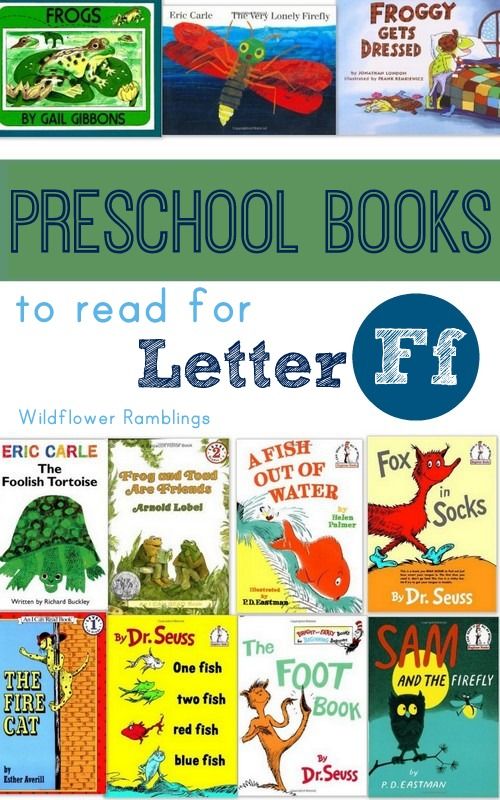 This one (published in 1968) is a silly story about a little girl and her mother who are sitting down for tea, when a tiger comes to the door. Sophie’s mother welcomes the polite tiger, who eats and drinks everything in the house! In the end, they go out for dinner — and stock up on Tiger Food should the tiger ever pay them another visit. A bonus about reading older stories is there’s so much opportunity for learning — in this book, what’s a milkman? Why does a boy deliver groceries on a bicycle?
This one (published in 1968) is a silly story about a little girl and her mother who are sitting down for tea, when a tiger comes to the door. Sophie’s mother welcomes the polite tiger, who eats and drinks everything in the house! In the end, they go out for dinner — and stock up on Tiger Food should the tiger ever pay them another visit. A bonus about reading older stories is there’s so much opportunity for learning — in this book, what’s a milkman? Why does a boy deliver groceries on a bicycle?
I’m Fast! by Kate & Jim McMullan
Here’s an entertaining read about a train and a car racing to Chicago. This is one of several books by the McMullan author/illustrator team. All my big kids (including my five-year-old daughter) love this story — with the train sound effects, funny text (My Two likes to quote the line “Cows? You gotta moooooove it! Thanks, ladies!”), and staccato rhythm, it’s a hit for kids who love trains and even those who don’t.
It’s a Tiger! by David LaRochelle
Here’s a newer book which is destined to become a read-aloud favorite. The main character runs into (and away from) a tiger throughout the story as the tiger shows up in the silliest of places. Kids will enjoy the chance to yell “A TIGER! RUN!” throughout this lively story.
I’m a Little Teapot, by Iza Trapani
At hour house, we’re big suckers for any book that takes one of our favorite rhymes and adds verses. The teapot shares its dreams with us by reciting adventures of all kinds– fighting a bull in Mexico, meeting an alien in space, singing in an opera, going on a fox hunt… okay, so it’s a bit of a stretch. But we love to sing it!
Little Blue Truck, by Alice Schertle
This is a sweet rhyming book about a friendly blue truck who is loved by all the animals. When the proud, important dump truck finds himself stuck in the mud, he learns the importance of humility and friendship.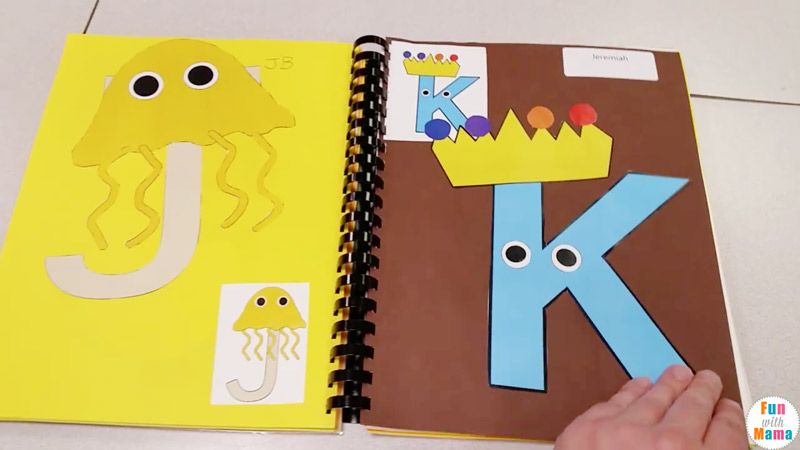
The Truck Book, by Harry McNaught
This book has excellent pictures to teach your little truck-lover the names of all different trucks and what they do. I would recommend this for kids who can listen to longer books, but even your younger child might enjoy all the pictures. My Four loved the pictures of the 1935 Wienermobile and milk-bottle shaped Milk Truck. We were excited to find both of them on the Internet. (Here’s one and here’s the other if you want to take a peek!)
Tap Tap Bang Bang, by Emma Garcia
Here’s a fun book about tools just right for young listeners. The pictures are simple, fun sound effects abound, and it’s a big vocabulary builder with the names of all the tools. What’s not to like?
MEMBERS GET PRINTABLE BOOK LISTS!
Members of The Measured Mom Plus get one-click access to each of our printable book lists … not to mention practical video workshops, no-print resources, and thousands of printables.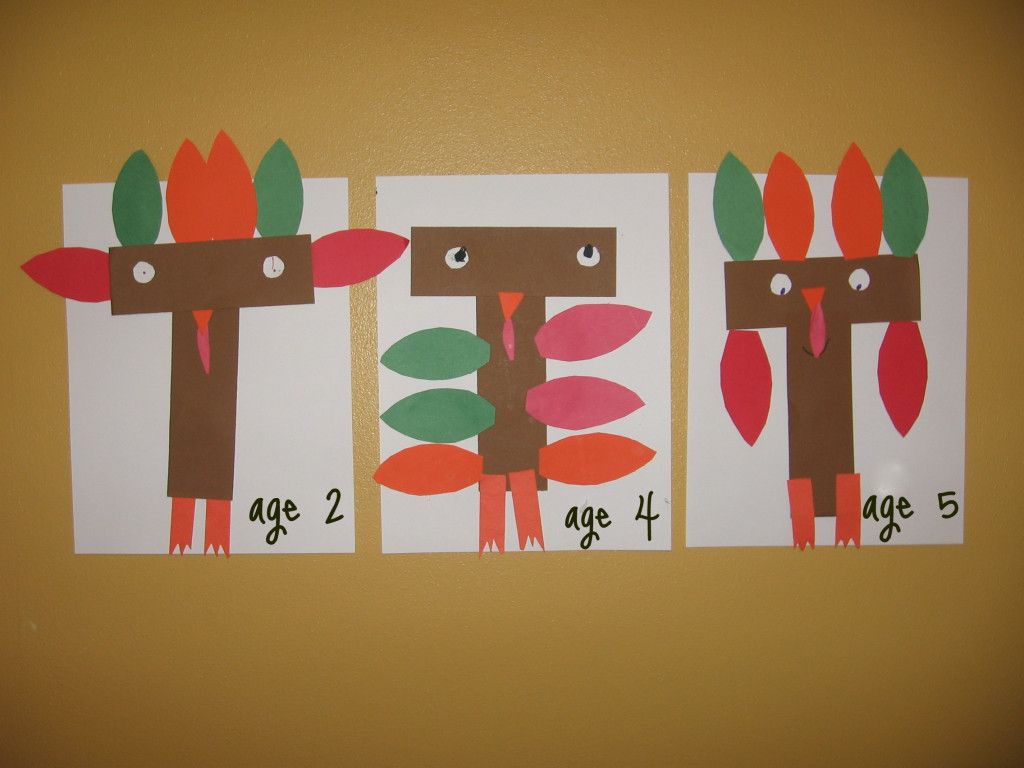 Not a member yet? Learn more here.
Not a member yet? Learn more here.
CHECK OUT ALL THE BOOK LISTS IN THE MEMBERSHIP
Free Reading Printables for Pre-K-3rd Grade
Join our email list and get this sample pack of time-saving resources from our membership site! You'll get phonemic awareness, phonics, and reading comprehension resources ... all free!
Read Aloud Books for the Letter T
If you’re working on the letter T, listed here are some of our favorite books for the letter T. And if you’re looking for some FREE printables for the letter T, we have a couple you can choose from below:
- Learning the Alphabet – Letter T Printable Pack
- Reading the Alphabet Letter T Lesson
*This post contains affiliate links.
Books for the Letter T
The books featured in this list include these letter T words: toolbox, trashy (tr blend), town, ten, tiny, toes, turtle, truck (tr blend), teapot, turnip, and tooth.
The Toolbox by Anne & Harlow Rockwell is an adorable book about tools. The text and pictures are simple, yet there is some great vocabulary in there. The authors do not just stick to the standard hammer and saw. You’ll find a plane as well as a wrench and pliers. I love how the last picture shows the father’s word work from using all these tools.
Trashy Town by Andrea Zimmerman is such a CUTE and fun sing-songy book about a trash man named Mr. Gilly. He drives all over town collecting trash. At each stop, kids can recite this refrain {which is fun to kind of sing together}, “Dump it in, smash it down, drive around the Trashy Town!” My kids have ALL loved this book.
Ten Tiny Toes by Caroline Jayne Church is a cute book that toddlers and younger preschoolers will enjoy about their body. We have several books either by Caroline Jayne Church or that have been illustrated by her and they have all been winners with my kids. Note that this book may been too “baby-ish” for older preschoolers.
Note that this book may been too “baby-ish” for older preschoolers.
Whenever I can, I like to include books that feature math skills, too. Turtle Splash! by Catherine Falwell is an adorable countdown rhyming book at the pond. Kids will also enjoy finding the hidden animals in the pictures.
Little Blue Truck by Alice Schertle is another cute rhyming book about a little blue truck who easily carries all his farm friends. That is, until he gets stuck in the muck. But Little Blue Truck has all his farm friends to give him a push. Great to use with a farm theme and also good for reinforcing animal sounds.
I’m a Little Teapot by Iza Trapani is one of those books that you can SING! It has the original song, but then many more verses as the teapot uses his imagination to travel the world and see different things. My daughters both like this book, but I’ll be honest and say that many times, I’d like to skip just a few of the verses.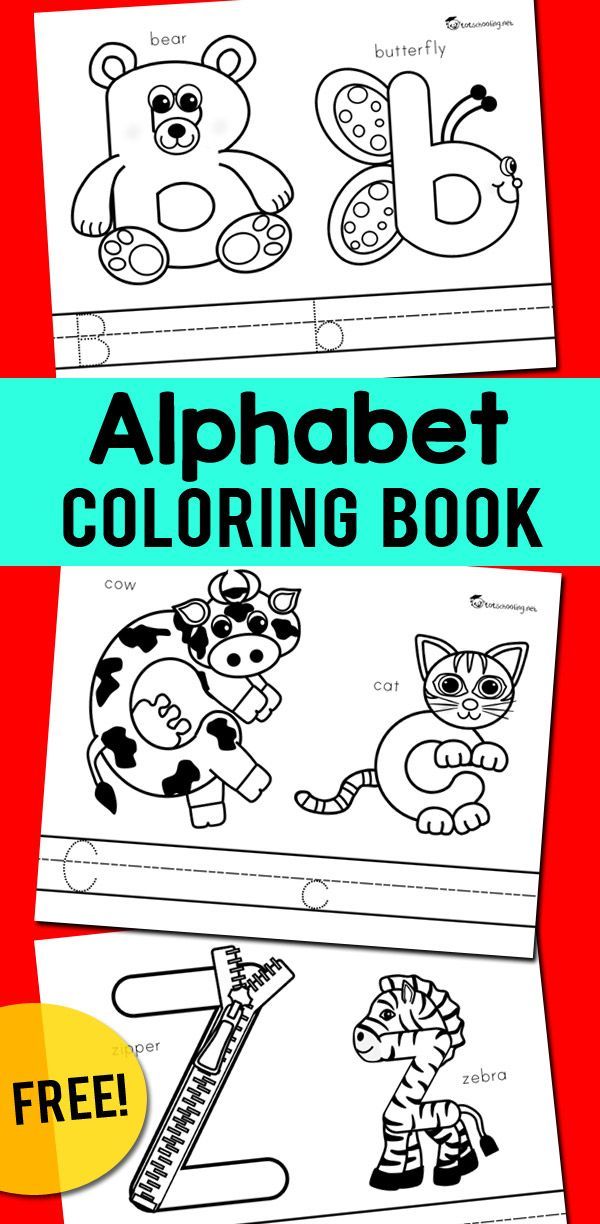 😉
😉
The Gigantic Turnip by Aleksei Tolstoy is a Russian folktale that has encourages working together. The story goes that an old man and old woman plant seeds in their garden. The turnip seed they plant grows to be gigantic and when it’s harvest time, the old man is unable to pull it up. We have read SEVERAL versions of this tale and almost each one, including The Gigantic Turnip, has a cute refrain that kids will enjoy reciting with you.
As you could probably guess, The Tooth Book by Dr. Seuss is a rhyming book that’s mostly silly, although there are some facts about teeth included. Kids get to see animals that do and don’t have teeth as well as see things that you should not do with your teeth (although I don’t like that “dumb” is used twice in the book.) You can also expect silly rhymes like Sneeth and Jimbo Jones, but there aren’t too many in this book.
See all our Letter of the Week book lists HERE.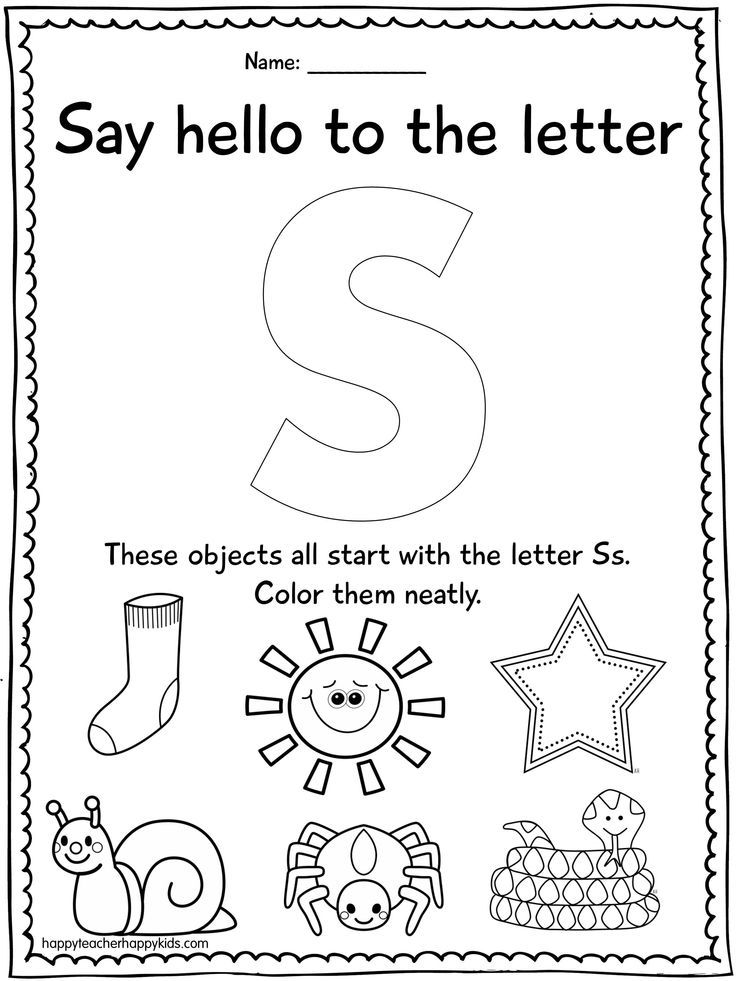
Follow This Reading Mama’s board Read Aloud Resources on Pinterest.
Stay connected to This Reading Mama so you don’t miss a thing:
- Subscribe by email {get really cool FREEBIES when you do!}
- Google+
~Becky
Books for children - Cognitive and educational books for preschool children (on cardboard)
|
| Cosmos (with plastic pages) What is a galaxy and the universe? How are the planets arranged? When is the "star shower"? Is it possible to live on the moon? Your child will find answers to these and other questions in this book. And additional plastic | |
|
|
|
|
|
| Human body (with visible transparent inserts in the form of a human body) The human body is arranged inside as a complex mechanism: skeleton, muscles, blood vessels and all kinds of organs. | |
|
|
|
|
|
| My body The book in a funny and original way gives knowledge about how the human body works. On each spread there are pictures with funny characters that will tell you what the internal organs are called and why we need them. Module for 30 sounds. On each button: the name of the organ + a cheerful sound. | |
|
|
|
|
|
| Lesson by lesson (letters, numbers, logic, good manners, colors, shapes, seasons, opposites, hours and time Letters, numbers, shapes and colors, opposites, logic, seasons, wildlife, good manners and safety rules in 36 fun lessons! Complete tasks with your baby right on the pages of the book - wonderful felt-tip pens are easily erased with a sponge, so you can write in the book again and again. | |
|
|
|
|
|
| My paper doll Sweet girl! Meet these two fashion dolls! Do you want to play with them? Then open this book. In it you'll find over 200 doll outfits, jewelry and accessories, plus stencils to create your own clothing collections! You can not only dress up dolls, but also change their hairstyles and faces! Play with them on scenery pages and then put them to sleep in their beds | |
|
|
|
|
|
| Now I know the alphabet. Make words, put pictures together | |
|
| ||
|
| Red! Yellow! Green! This book introduces the kids to the rules of the road | |
|
|
|
|
|
| The world we live in | |
|
| ||
|
| My princesses. What dress will Cinderella wear to the ball? In pink with lace, in blue with flounces, or in a chic gold dress decorated with bows? It's up to you, little fairy! On the pages of this book, with the help of felt-tip pens and stickers, you can change the outfits of fairy-tale heroines again and again. | |
|
| ||
|
| Talking atlas for babies (100 sounds) Each book in this series has its own "100 Magical Sounds". By inserting a card for 10 sounds into the cartridge, the child will hear letters, English words, sounds of nature or the voices of animals! | |
|
|
|
|
|
| Talking first primer (with switch from letters to sounds) It's so easy and fun to learn to read with a talking primer! The book module with 33 buttons will introduce the child to vowels and consonants, hard and soft sounds. | |
|
|
|
|
|
| It's me This book will introduce the baby to all parts of the body in a playful way. Explain what they are for. The electronic module itself will tell the baby what each part of the body is called. And after switching the mode, he will ask you to show where they are | |
|
|
|
|
|
| Super Safari Interactive books in this series with a sound module will allow your child to become a real driver of five different cars, visit all corners of the planet and even go into space. Moving figures on the pages of books, sound buttons, bright lights and many other surprises will help you make these trips. | |
|
|
|
|
|
| Million Whys series book with sound module Talking books will answer millions of little why questions on topics that are important and interesting for children: the human body, our planet, wildlife, dinosaurs. The questions of inquisitive children are answered by real knowledgeable scientists - a doctor, a geologist, a biologist and a paleontologist. | |
|
|
|
|
|
| Who is how it works How is a person arranged? How are animals arranged? What are we all different! This talking book will help your child expand their horizons by comparing the structure of the human body and animals | |
|
|
|
|
|
| "English for Toddlers" series - die-cut book with sound effect (English words + Russian translation) Learning English with this series of books is fun and exciting! Funny poems, pictures and many new words are waiting for the child on each page. | |
|
|
|
|
|
| Series "Talking book: active learning" book on cardboard with sound module (animal voices + interesting tasks) This wonderful book itself sets exciting tasks for the little fidget that the kid needs to complete right in the book. A special marker will help him in this, with which you can write again, because it is so easily erased from the pages of the book! | |
|
|
|
|
|
| Series "Talking Encyclopedia" books on cardboard with sound module Opening each turn of the "Talking Encyclopedia", the kid will hear useful and fascinating information. And with the help of an electronic module, he will be able to test his knowledge by answering questions, learn new interesting facts, and listen to a funny song. | |
|
|
|
|
|
| Series "Talking book about animals" book with sound module (fairy tale story sounded by professional actors, questions, song) Informative talking books about African animals, forests and farms. The original electronic module itself will tell a fairy tale, explain new words, ask questions and sing a song. | |
|
|
|
|
|
| "Smart fairy tale" series book with sound module (fairy tale story sounded by professional actors, questions, song) Each book in this series will tell your favorite fairy tale, explain new words and concepts, ask interesting questions and check the correctness of the answers, and also sing a funny song. The stories are voiced by professional actors. | |
|
|
|
|
|
| Series "Talking Encyclopedia for Toddlers" books on cardboard with music module (animals talk about themselves) Animals and machines talk about themselves in a fun way while turning the pages. | |
|
|
|
|
|
| Series "Hide and Seek" book on cardboard with talking windows Where did the toys get lost? Help the kids find them on the pages of this book - open the surprise windows! | |
|
|
|
|
|
| Series "SuperKids open the world!" cardboard book with sound module (captivating stories about the adventures of superbabies) Open the book and listen to fascinating stories about the adventures of SUPER KIDS and Doki the robot in the ancient world! Become their new friend! You will meet a giant brachiosaurus, a ferocious tyrannosaurus rex, a winged pterodactyl and other amazing dinosaurs. | |
|
|
|
|
|
| Series "Talking book: stories about animals" books on cardboard with a music module (animals talk about themselves) Opening page after page, the child will be able to look at bright illustrations and listen to fascinating stories about animals at the same time. | |
|
|
|
|
|
| Series "Talking book for kids" books with a talking miracle pen Touch the pages with a magic pen - the book will speak! Each spread of the book uses 2 modes: learning (the book introduces new information) and game (the book asks questions and checks the correctness of the answers). | |
|
|
|
|
|
| Series "Legends and myths for kids" book with sound module (voices of powerful gods, mythical creatures and other live sounds) Books in this series will take your child to the world of ancient Greece, tell about the gods and heroes of this country, introduce the great exploits of Hercules. | |
|
|
|
|
|
| Learn and have fun! die-cut book with sound module (songs) Educational books with a musical surprise - a cheerful song that you can listen to again and again. | |
|
|
|
|
|
| Series "Brilliant Books" books on cardboard with sound module (sounds of cars, planes, etc.) Bright photographs and brilliant colorful pictures on each page will attract the attention of the baby. On the module with 10 sounds, the child will hear not only cognitive information, but also the real voices of animals, the sounds of nature, transport, toys. | |
|
|
|
|
|
| Series "Voices of Animals" - a book on cardboard with a sound module that imitates the voices of various animals, birds, etc. Bright and colorful photos, a module with five animal sounds will help your child to learn and love the world of wildlife. | |
|
|
|
|
|
| Series "Ears, tails, noses" book on cardboard with a music module (animal voices) with reusable soft stickers It's so much fun to collect pond inhabitants from soft stickers! And by showing imagination, you can come up with your own unusual little animals. | |
|
|
|
|
|
| Series "100 Magical Sounds" Cardboard Books with Electronic Module + 5 Double Sided Cards with Nature Sounds Each book in this series has its own "100 Magical Sounds". By inserting a card for 10 sounds into the cartridge, the child will hear letters, English words, sounds of nature or the voices of animals! | |
|
|
|
|
|
| Series "100 talking pictures" card book with cards + sound module Is your child interested in cars? Then he will love this book! Leafing through bright pages, the child will get acquainted with cars that drive around the city and work in the countryside, participate in races and rush to the rescue. | |
|
|
|
|
|
| Series "Lessons for Toddlers" a series of books on cardboard with reusable 3D stickers under the blister Does your child like to fantasize and already know letters and numbers? These books are for him! Playing with soft reusable stickers, the kid will learn how to make words, solve examples and collect figures of funny animals. | |
|
|
|
|
|
| Cognitive and educational book on cardboard with reusable stickers in the form of letters with rhinestones + two mini felt-tip pens Fascinating alphabet for little fashionistas! Interesting tasks and shiny sticker letters with rhinestones! | |
|
|
|
|
|
| Series "Funny Voices" - a book on cardboard with a sound module that imitates the voices of different animals, birds, etc. Books in this series with colorful photographs will tell the child about a variety of animals, as well as cars. Real animal voices, 9 vehicle sounds are recorded on the module with 5 sounds0009 | |
|
|
|
|
|
| Series "Book in a book" - a book on cardboard with a sound module that imitates the voices of different animals | |
|
|
|
|
|
| Series "For kids about animals" books on cardboard with a sound module (voices of animals, birds, cars, etc.) Which forest children like raspberries, and which ones like hare cabbage? Who among them learns to hunt, and who learns to fly? Little know-it-alls will be told about this funny verses. Children will also be able to hear the real voices of forest animals! | |
|
|
|
|
|
| "As We Speak" series of books on cardboard with sound module (voices of animals, insects, cars, etc. Does your baby like to imitate different sounds? Then he will definitely like these wonderful books! He will be happy to look at large colorful photographs, and by clicking on the "petals", he will hear the sounds of animals, birds, cars and will be able to repeat after them! | |
|
|
|
|
|
| Series "My First Library" books on cardboard with sound module (sounds of cars, planes, etc.) These informative books with vivid photographs simply and clearly talk about different types of cars and animals. A module with six buttons will reproduce realistic sounds. | |
|
|
|
|
|
| "Live cars" series book on cardboard with sound module + moving figures on the pages | |
|
|
|
|
|
| "Baby's Music Book" series of cardboard books with music module (motor development) Hardcover die-cut cardboard book with sound module. | |
|
|
|
|
|
| "Talking book" series book with sound module imitating the voices of various animals, birds, etc. Each book in this series will tell your favorite fairy tale, explain new words and concepts, ask interesting questions and check the correctness of the answers, and also sing a funny song. The stories are voiced by professional actors. | |
|
|
|
|
|
| Series "Living history" book with sound module (voices of fairy tale characters, animals, birds, etc. sounds) 22 live sounds Bright books with an electronic module for 22 sounds will introduce the child to the most interesting pages of history: pirates, knights, samurai and ninja, dinosaurs, etc. | |
|
|
|
|
|
| Series "Around the World" - a book on cardboard with a sound module that imitates the voices of animals, birds, other sounds + song Embark on an unforgettable journey through Africa! Meet Africans and amazing animals of the jungle, savanna, desert. | |
|
|
|
|
|
| Series "Giants" - a book on cardboard with a sound module that imitates the voices of different animals, birds, etc. Naturalistic large illustrations, elongated right pages, a module with sounds - all this will help to imagine the real animals of the forest, jungle, savannah and ocean. | |
|
|
|
|
|
| Series "Draw and listen" books on cardboard with a sound module (car sounds) + colored felt-tip pen (3-color) Get to know the world around you with the help of vivid illustrations, informative poems and do what you love - color pictures. A special coating allows you to draw on the pages many times, erase and draw again. | |
|
|
|
|
|
| Series "Little Master" books on cardboard with sound module (sounds of instruments + song) | |
|
|
|
|
|
| Series "What's inside the car?" - book on cardboard with sound module + soft 3D figurines What's inside the car? This question interests many boys. Now the little little one will see for himself how a passenger car and a tourist bus, a metro train, a passenger ship and a passenger plane are arranged - you just need to get the figures of cars from the pages. And with real car sounds and colorful 3D illustrations, your child won't be bored! | |
|
|
|
|
|
| Series "Musical stencils" books on cardboard with shaped cutouts with a music module | |
|
|
|
|
"ROLE OF THE BOOK IN THE LIFE OF A PRESCHOOL CHILD"
Prepared by: Tropnikova Olga Gennadievna
Preschool childhood as a period in human life plays an important role in shaping what not only each individual person, but also all of humanity, the world as a whole will become.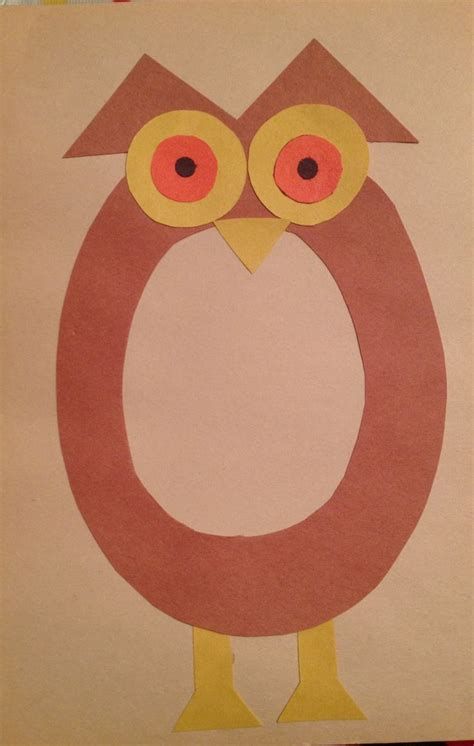 The educational, ideological, moral, and cultural priorities laid down in preschool childhood determine the life path of generations and influence the development and state of the entire civilization.
The educational, ideological, moral, and cultural priorities laid down in preschool childhood determine the life path of generations and influence the development and state of the entire civilization.
It is necessary to pay as much attention as possible to the formation of the child's inner world. Invaluable help in this is provided by communication with the book. Through reading fiction, the child learns the past, present and future of the world, learns to analyze, moral and cultural values are laid in it.
Modern children spend more and more time playing computer games and watching TV. Sociological studies in our country and abroad have revealed negative trends: there is a markedly reduced interest in reading among younger preschoolers and adolescents; the share of reading in the structure of children's free time has been drastically reduced.
Today, the urgency of solving this problem is obvious. In order to educate a reader in a child, an adult must himself show interest in a book, understand its role in a person’s life, know books recommended for preschool children, be able to talk interestingly with kids and help in analyzing the work.
One of the priority problems of our society is introducing children to reading. Unfortunately, in our age of informatization, the attitude of children to the book has changed, interest in reading has begun to decline. According to numerous studies, already at preschool age, children prefer watching TV and video products and playing computer games to books. As a result, schoolchildren do not like, do not want to read.
Without reading, a person does not develop, does not improve his intellect, memory, attention, imagination, does not assimilate and does not use the experience of his predecessors, does not learn to think, analyze, compare, draw conclusions. The book, on the contrary, makes it possible to conjecture, "to fantasize." It teaches to reflect on new information, develops creativity, creative abilities, the ability to think independently.
Fiction is a powerful, effective means of mental, moral and aesthetic education of children, it has a huge impact on the development and enrichment of children's speech.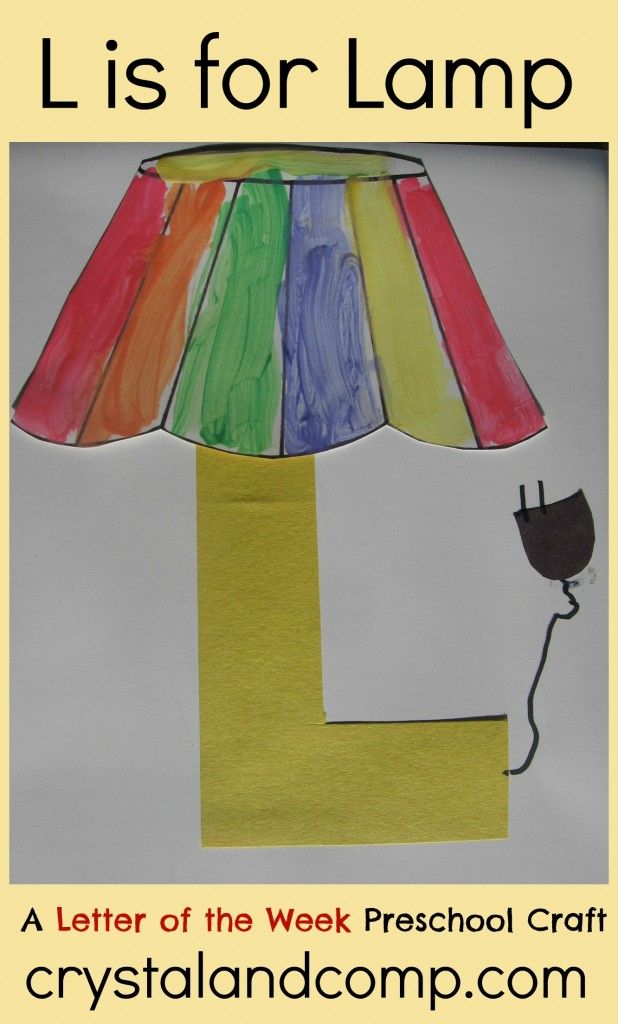 In poetic images, fiction opens and explains to the child the life of society and nature, the world of human feelings and relationships. It makes emotions more intense, nurtures the imagination and gives the preschooler excellent examples of the Russian literary language.
In poetic images, fiction opens and explains to the child the life of society and nature, the world of human feelings and relationships. It makes emotions more intense, nurtures the imagination and gives the preschooler excellent examples of the Russian literary language.
The ability to correctly perceive a literary work, to recognize, along with the content, the elements of artistic expression does not come to the child by itself: it must be developed and educated from an early age. In this regard, it is very important to form in children the ability to actively listen to the work, to listen to artistic speech. Thanks to these skills, the child will form his own bright, imaginative, colorful, grammatically correct speech.
It is very important to cultivate love and interest in the book in time. S.Ya.Marshak considered the main task of adults - to discover in the child the "talent of the reader." Who introduces the child to the world of the book? This is done by parents and employees of preschool institutions.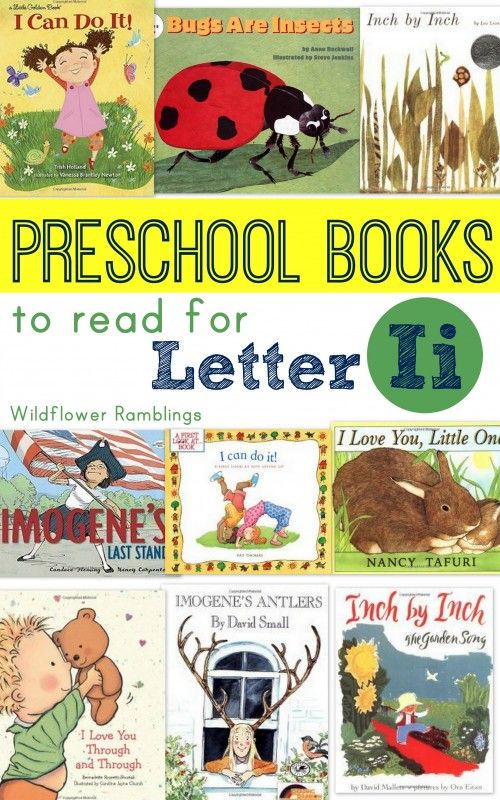 The library and the school are not the first, but the next stage in the formation of the reader. Based on this, the most knowledgeable person in matters of children's literature and reading should be a preschool teacher. He not only embodies the task of introducing children to the book, generating in them an interest in the process of reading and a deep understanding of the content of the work, but also acts as a consultant on family reading, a propagandist of books and book knowledge, a sociologist who quickly and accurately responds to changes in children's attitudes towards book and the process of reading, a psychologist who observes the perception and impact of a literary text on children.
The library and the school are not the first, but the next stage in the formation of the reader. Based on this, the most knowledgeable person in matters of children's literature and reading should be a preschool teacher. He not only embodies the task of introducing children to the book, generating in them an interest in the process of reading and a deep understanding of the content of the work, but also acts as a consultant on family reading, a propagandist of books and book knowledge, a sociologist who quickly and accurately responds to changes in children's attitudes towards book and the process of reading, a psychologist who observes the perception and impact of a literary text on children.
Preschool children are listeners, not readers, a work of art is conveyed to them by a teacher, so their possession of expressive reading skills is of particular importance. The teacher is faced with an important task - each work must be conveyed to children as a work of art, to reveal its intention, to infect the listener with an emotional attitude to what is read: feelings, actions, lyrical experiences of the characters.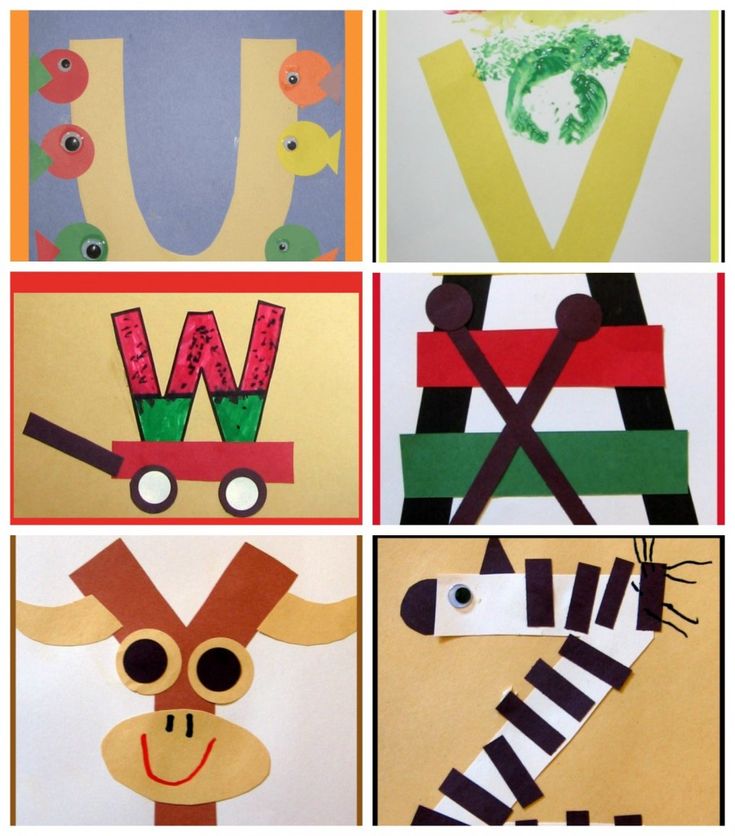
Thus, it is important to recognize the process of reading as determining in the education and development, worldview and moral development of a person, a child.
Memo for parents:
YES:
Read to your children as often as possible (a bedtime story or a story in the evening).
Read with your child for 10 minutes every day
Let your child choose books to read.
Read for yourself, setting an example for your child.
Encourage his desire to hold, look through, play with the book.
Make sure your child has a lot of colorful books at home.
Take your child to the bookstore or library regularly.
Give your child books.
Encourage your child to read to other family members, friends, acquaintances.
Make reading an enjoyable pastime.
Always praise your child when he/she is reading.
NO:
Do not force people to read.
Do not choose books for your child until he asks you to.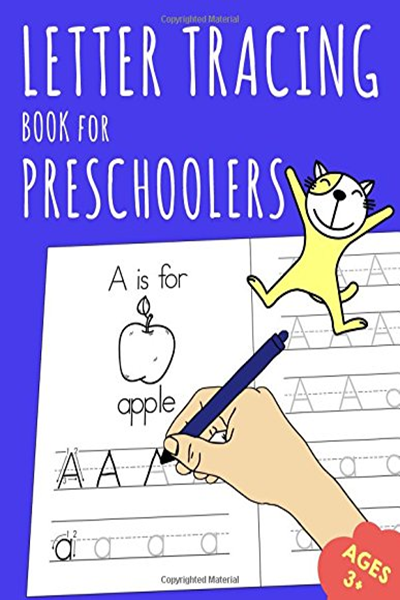
Don't force people to read too difficult books.
Do not compete with TV in choosing the time to read.
Do not criticize the child if he tries to read. Encourage, support, and improvement will come faster.
Don't stop reading aloud to children as soon as they can read for themselves.
Never talk your child out of reading - reading something is better than nothing.
Memo for parents
"FAMILY AND BOOK"
The family forms the basis of a person's worldview, his way of life and value orientations.
The family is a special social institution that introduces the child to the world of culture, including the reader's. The first meeting of a person with a book takes place in the family.
Family reading initially introduces a child to the world of book culture, is the most ancient, proven way of educating a person, including as a reader, who begins to form long before he learns the alphabet.
Family reading prepares a person for a relationship with a book, awakens and deepens attention, creates a need for reading.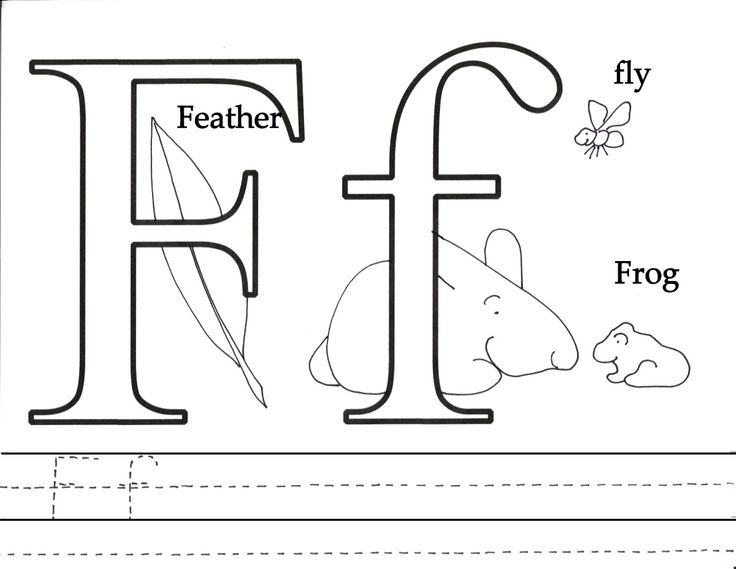 The lack of need for reading in adults is a consequence of its unformedness from early childhood.
The lack of need for reading in adults is a consequence of its unformedness from early childhood.
Family reading contributes to the early and correct acquisition of native speech. The types and methods of human learning are largely determined by the environment, depend on communication and its main means - the degree of mastery of speech.
Regular reading aloud from early childhood introduces the child to the process of reading and contributes to the mastery of independent reading, determines the quality and preferences of future readers.
Family reading forms emotional and aesthetic acceptance of the book. Listening, a person experiences a strong influence of the sounding word, which allows you to convey triumph, joy, sadness, sadness, a joke, a mockery.
Family reading develops abilities that are the basis for the perception of artistic images. Such perception is impossible without imagination, visual representations,
the ability to experience the joys and sorrows of the heroes of works of art.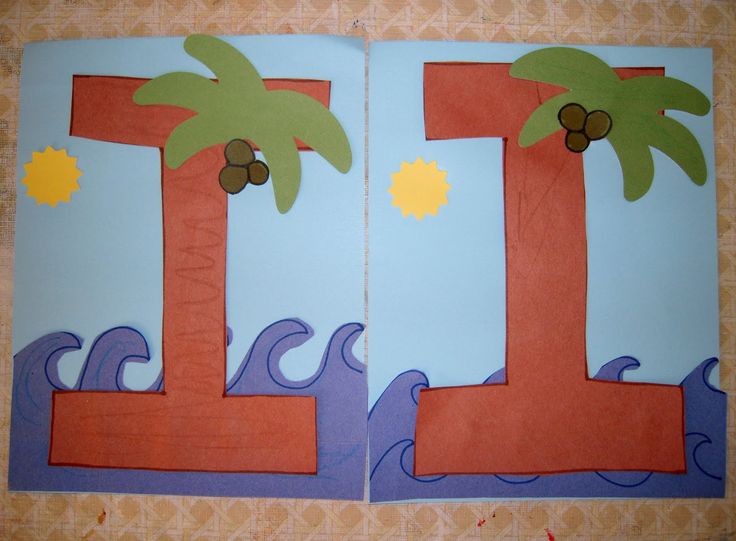
Reading aloud is important not only for toddlers, but also for older children and the elderly. In the process of family reading, children learn to listen carefully, assimilate and retell what they read, and older people feel less loneliness and in a natural form, without moralizing and notations, I pass on my life experience to the younger ones. In addition, adults have the opportunity to observe the spiritual development of the child and manage it.
Family reading is an effective way of socializing the younger generation. Such communication creates the ground for an exchange of opinions, it is also necessary for adults, who, thanks to communication with children, are enriched emotionally.
Family reading can serve to prevent aging, since, according to some experts, aging is the result of life without a book, without reading, which stimulates active mental activity.
Do you want your child to read?
Consider this good advice and your wishes will come true.
Instill in your children an interest in reading from an early age.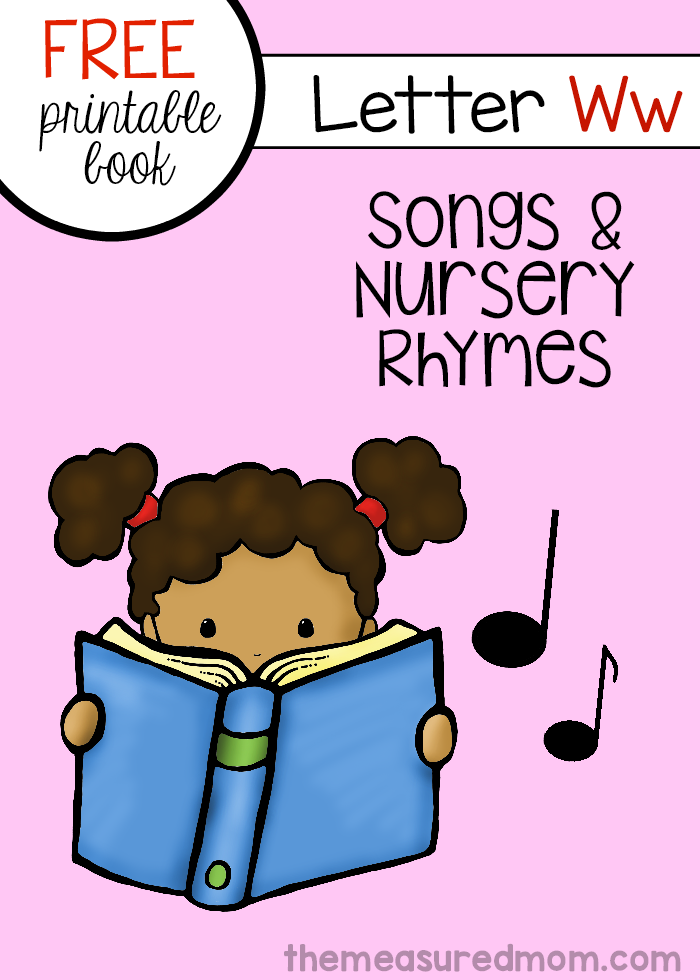
When buying books, choose bright in design and interesting in content. Buy, if possible, books by authors your child loves, arrange a personal library for your son or daughter.
Read systematically for yourself - this forms the child's habit of always seeing a book in the house.
Discuss the book you read with your family, even if you didn't like the book. It promotes the development of your speech and that of your child.
Recommend a book from your childhood to your child, share your childhood impressions of reading this or that book, compare yours and his impressions.
Reading aloud helps to expand children's vocabulary, as well as develop their ability to listen and pay attention. Reading aloud brings parents and children closer together.
Inculcate the skills of cultural and careful handling of the book.
Reading together is the easiest way to develop reading skills in children. Looking at, discussing, and reading books is one of the most important ways in which parents can instill in their children an interest in reading.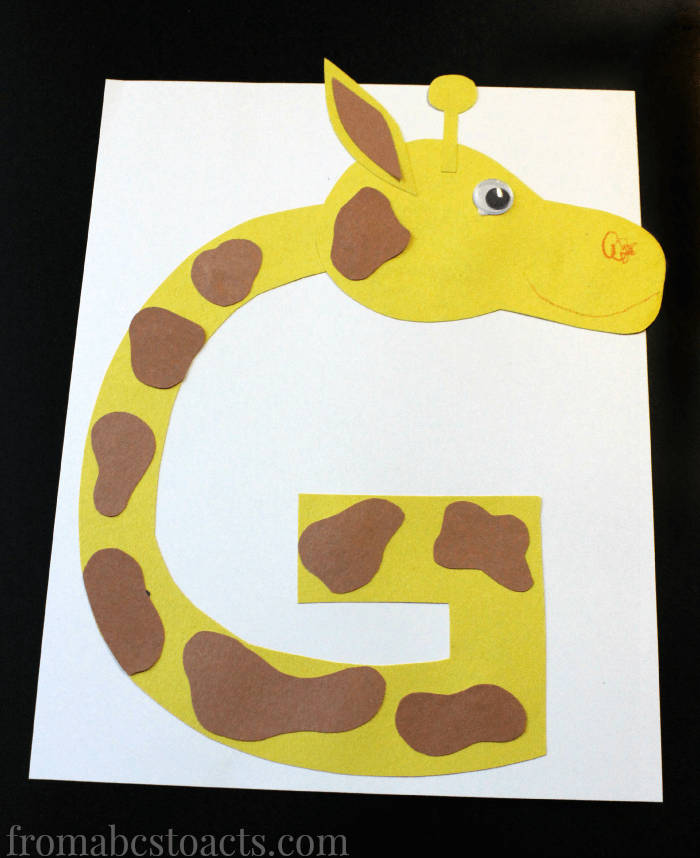
Drawings based on favorite books are one of the ways for a child to express their impressions of the works.
Try to compose your own ending to the piece together with your child. The advantage of such stories is a deeper understanding of the book read.
Give your child good books with a dedicatory inscription, kind and warm wishes. Years later, this will become a kind and bright reminder of your home, its traditions, dear and close people.
How to organize home reading
“A book for children is really good food – tasty, nutritious, light, contributing to their spiritual growth”
K.I. Chukovsky
Prepare the child for a new book or talk about a fairy tale or story already read (coming back from kindergarten, doing household chores, etc.).
In the daily routine, it is necessary to allocate a certain time so that by this time the baby is tuned in to the perception of the book.
Reading should take place in a calm environment, when nothing distracts the child, and those around him treat his studies “respectfully”.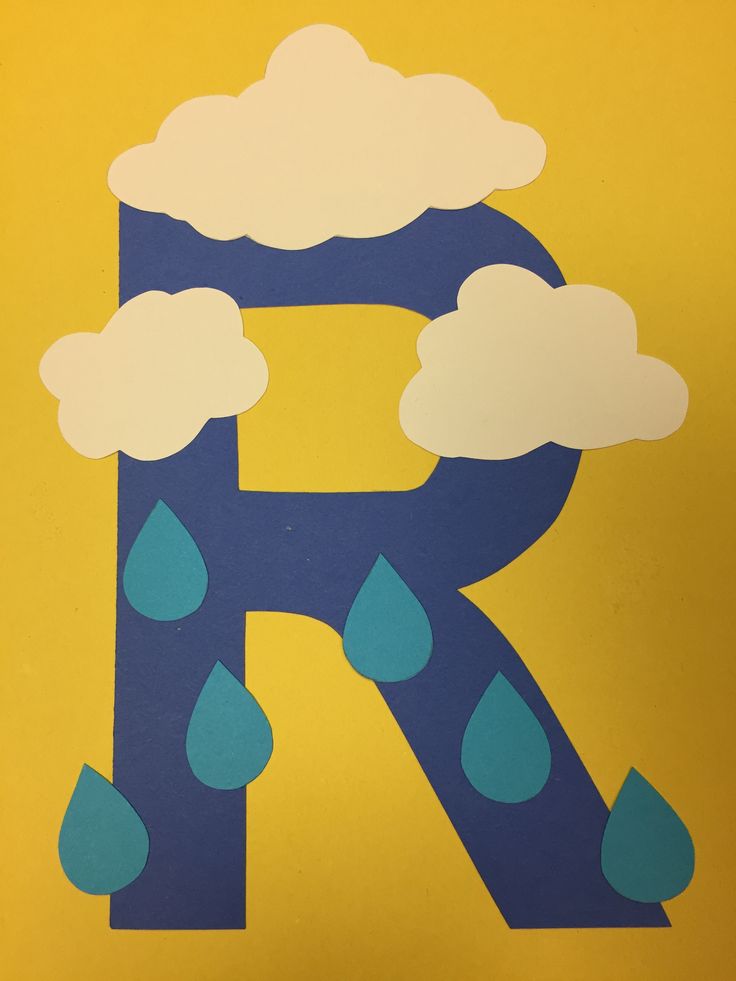
A 1.5 - 2 year old child can concentrate on a book for 1-2 minutes, older children are read no more than 15-20 minutes, because then their attention is scattered. It is about active communication with the book. Let the baby repeat the words after you, answer the questions, look at the illustrations.
Passively, the child can listen much longer (he then turns off, then listens again). Remember: a child cannot be a passive listener all the time, so while reading, you need to activate his attention.
Childish love for repeated readings should be remembered. Children crave them in order to experience joyful excitement again and with greater strength. Repeated readings train memory and develop speech.
The setting of the family reading ritual enhances perception (evening, darkened room, table lamp). Twilight sets in a fabulous, fantastic mood.
Family reading has truly unique properties that can create a warm family atmosphere and a successful environment for the development of a child's personality.
v If you can give your children that kind of attention, they know you love them.
v Reading to children makes them future readers.
v Children's books are so well written that they will be interesting even for adults.
v Illustrations in books enrich children and contribute to their creative development.
v Books will help your children learn to think and imagine.
v As long as children learn to read, they will think of you as a magician who creates magic from words.
v Reading aloud helps your child develop attention.
v You create amazing memories of wonderful family evenings and warm treatment of a child.
v Books can instill values in children that they will carry throughout their lives.
v Sooner or later you will definitely be thanked for a smart and well-mannered child.
Advice for Parents on Developing Interest in Reading:
Instill in your child an interest in reading from an early age.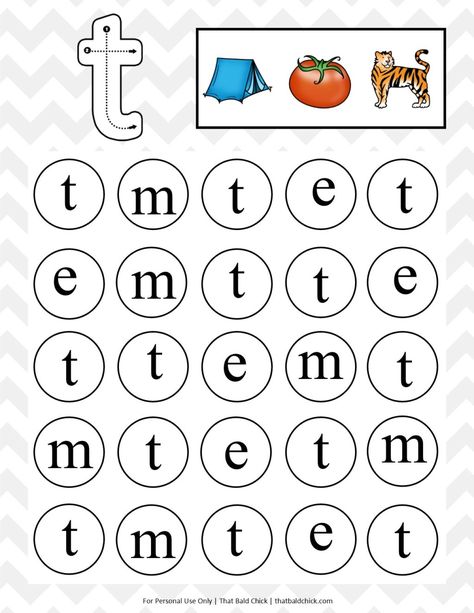
When buying books, choose bright in design and interesting in content.
Read to your child systematically. This will form the habit of daily communication with the book.
Discuss the read children's book among your family members.
Tell your child about the author of the book you read.
If you are reading a book to your child, try to stop reading at the most exciting episode.
Remembering with the child the content of the previously read, deliberately distort it to check how he remembered the text he read.
Recommend books from your childhood to your child, share your childhood impressions of reading this or that book, compare yours and his impressions.
Have discussions at home about the books you read.
Buy, if possible, books of authors your child likes, collect his personal library.
Cultivate respect for the book.
Give your child good books with a dedicatory inscription, kind and warm wishes. Years later, this will become a happy reminder of your home, its traditions, dear and close people.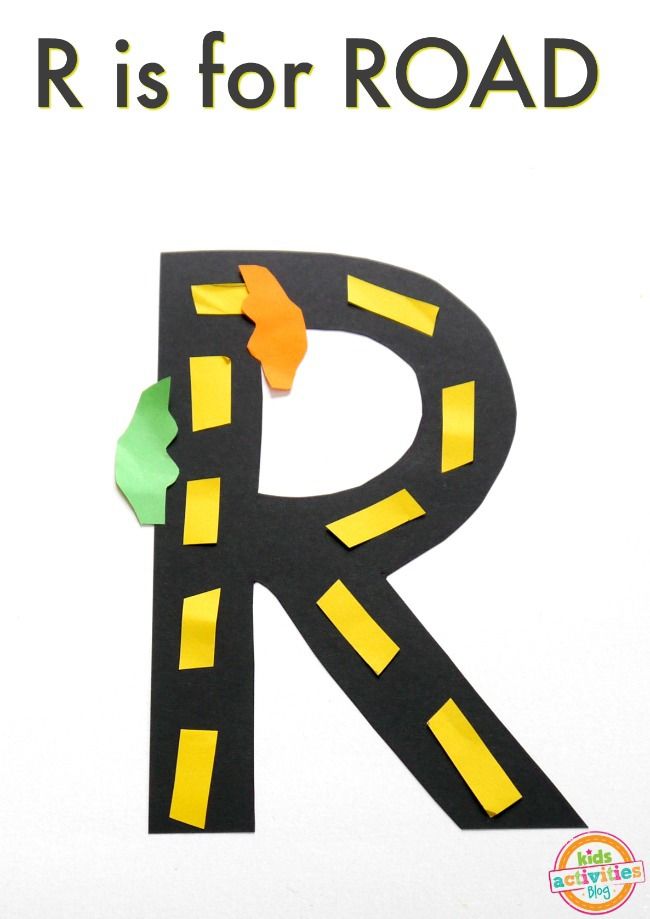

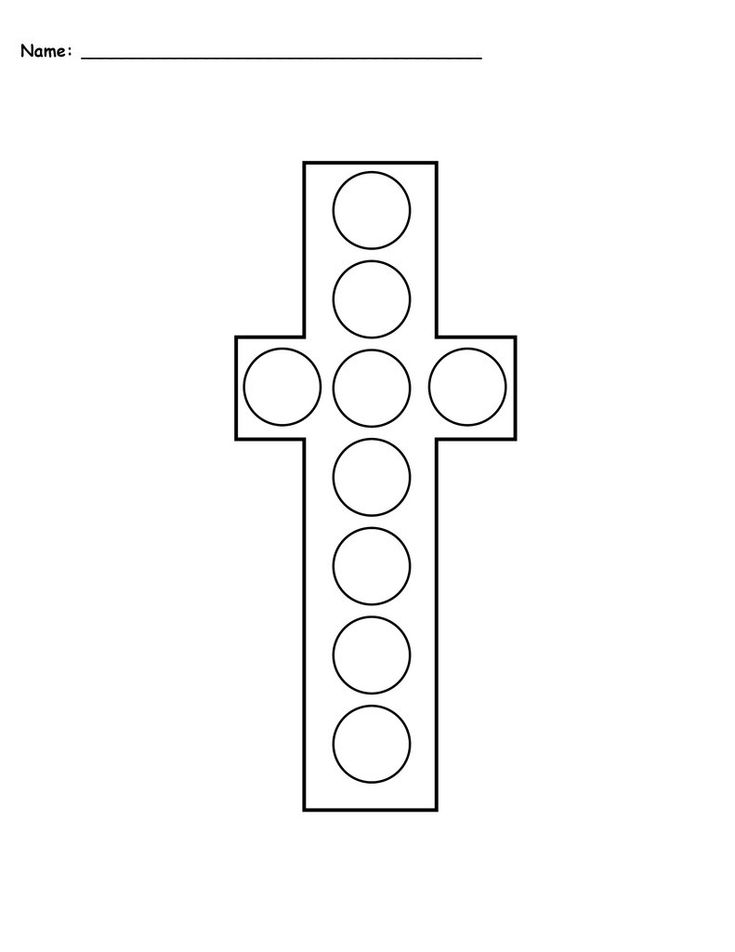 How they work and what they are for, you will learn from a large children's encyclopedia of human anatomy. And the transparent inserts on the pages will show you all the systems of the human body separately.
How they work and what they are for, you will learn from a large children's encyclopedia of human anatomy. And the transparent inserts on the pages will show you all the systems of the human body separately. 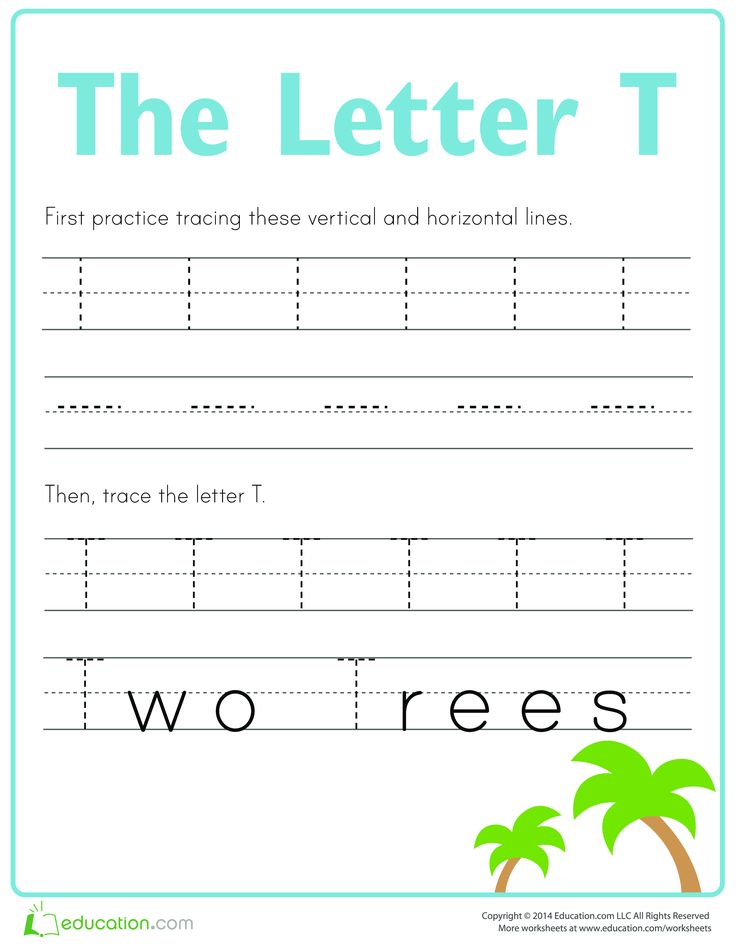 And the reward for each completed lesson for the baby will be golden star stickers.
And the reward for each completed lesson for the baby will be golden star stickers. 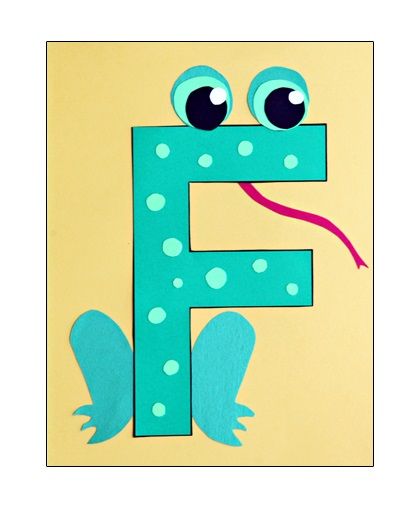 Read, draw, paste
Read, draw, paste  The primer also contains short simple sentences for the initial teaching of reading.
The primer also contains short simple sentences for the initial teaching of reading. 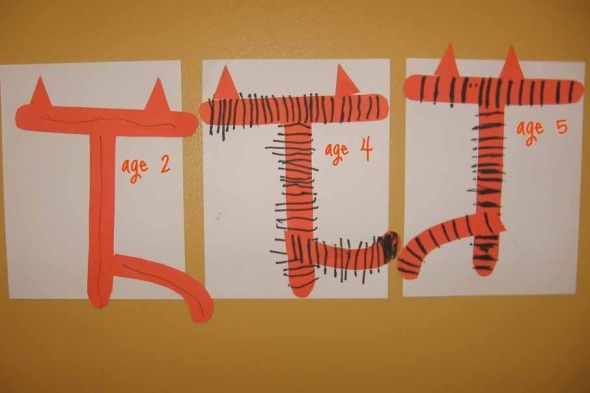
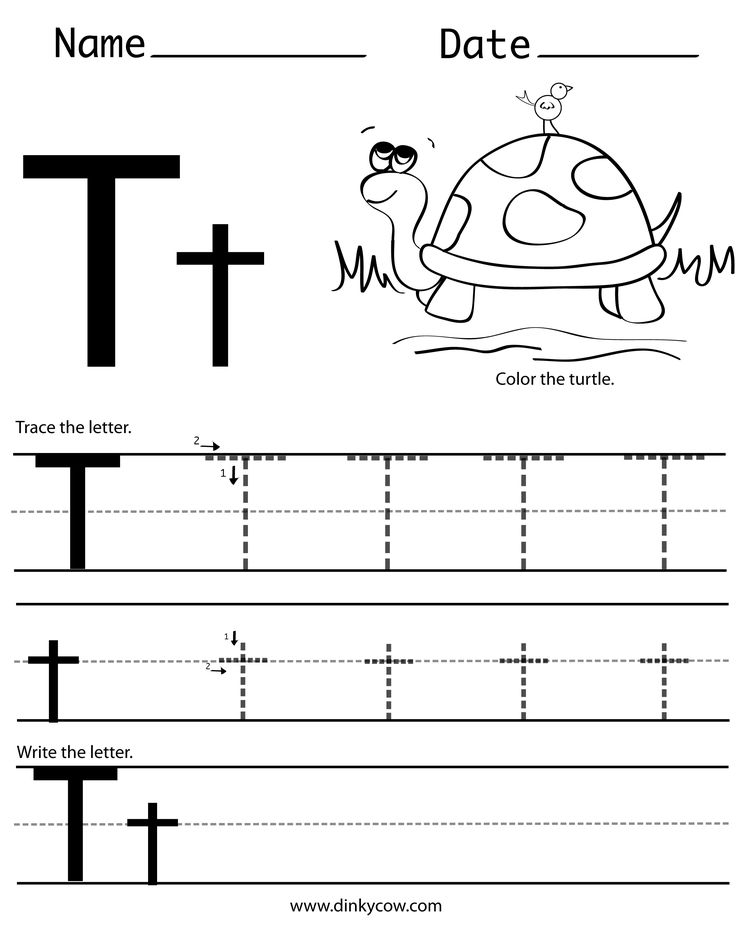
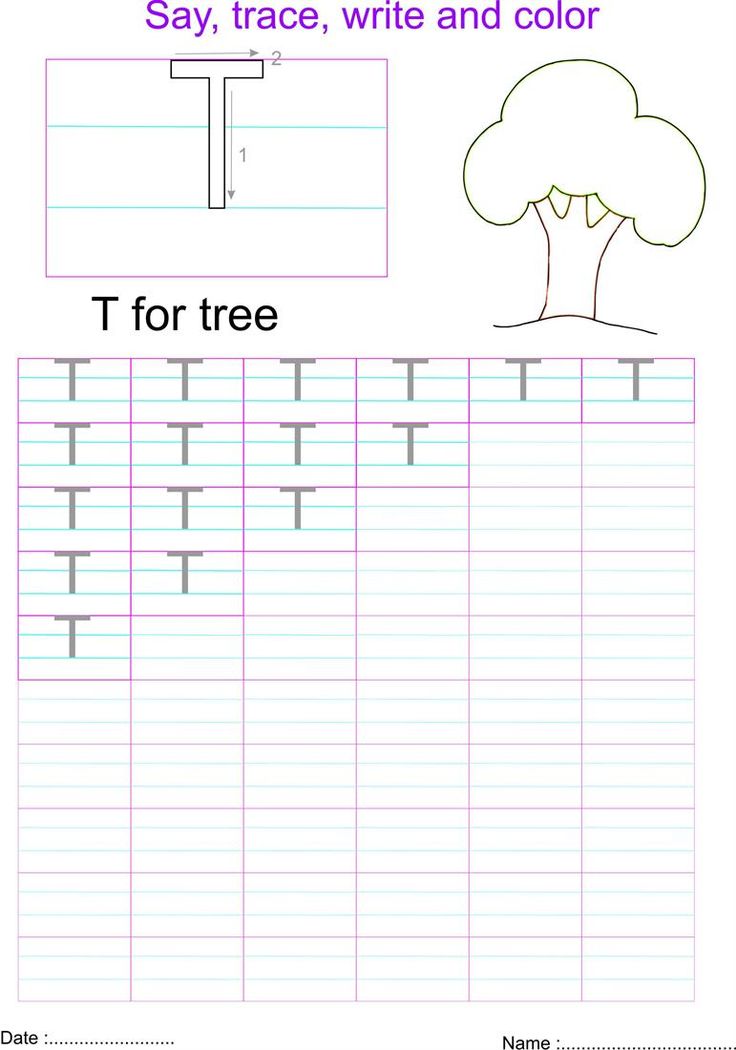
 Each has its own characteristic voice. The books are voiced by professional actors.
Each has its own characteristic voice. The books are voiced by professional actors. 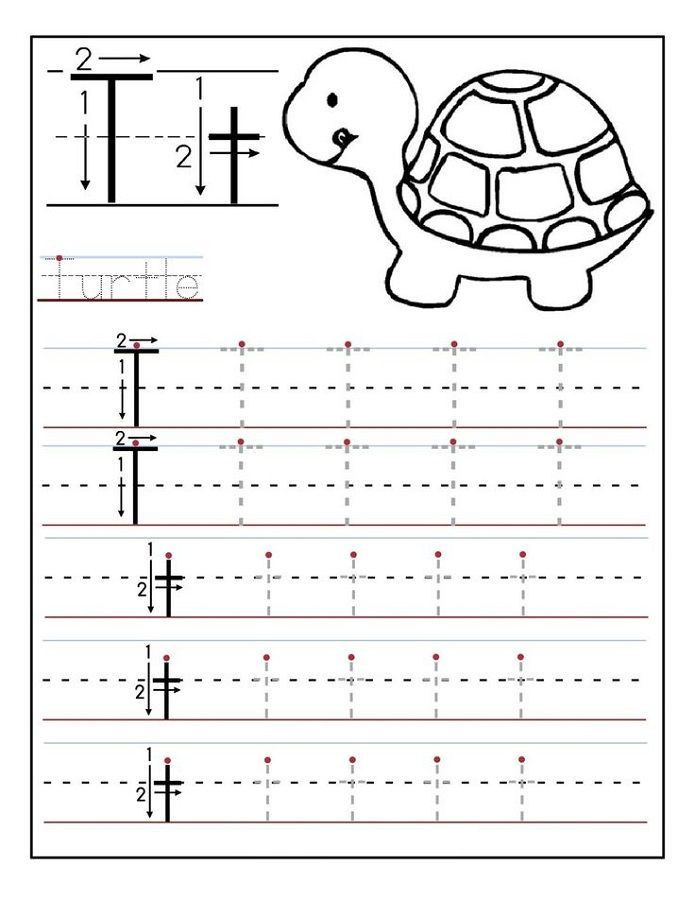 In addition, he will hear their amazing voices and the sounds of nature.
In addition, he will hear their amazing voices and the sounds of nature. 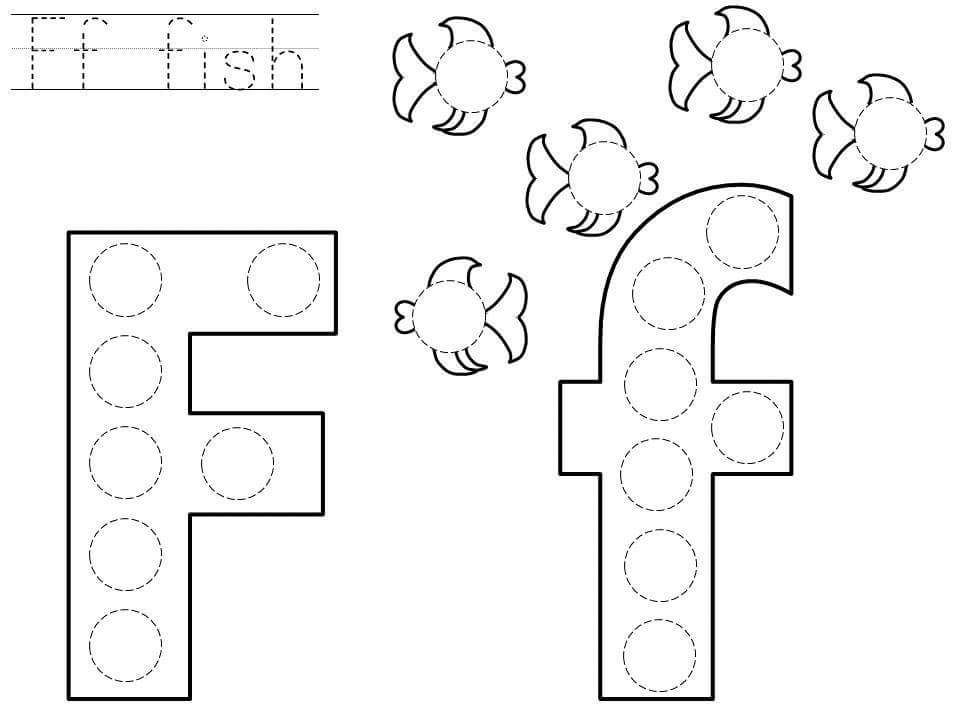
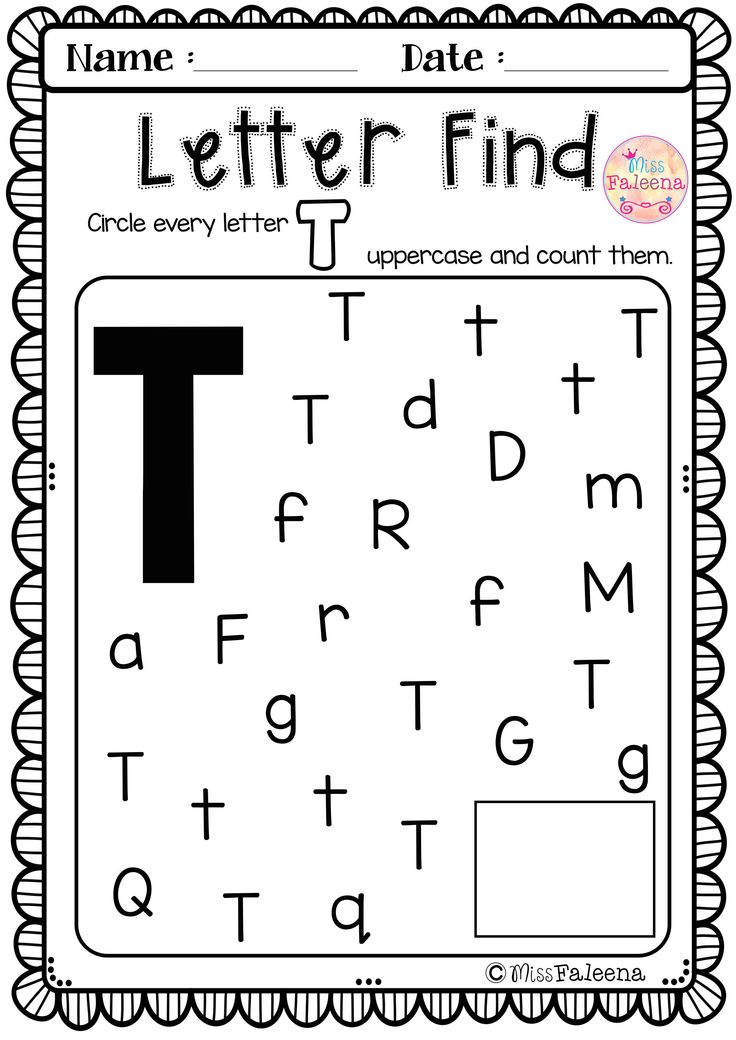 Funny voices of animals will make the game even more interesting.
Funny voices of animals will make the game even more interesting. 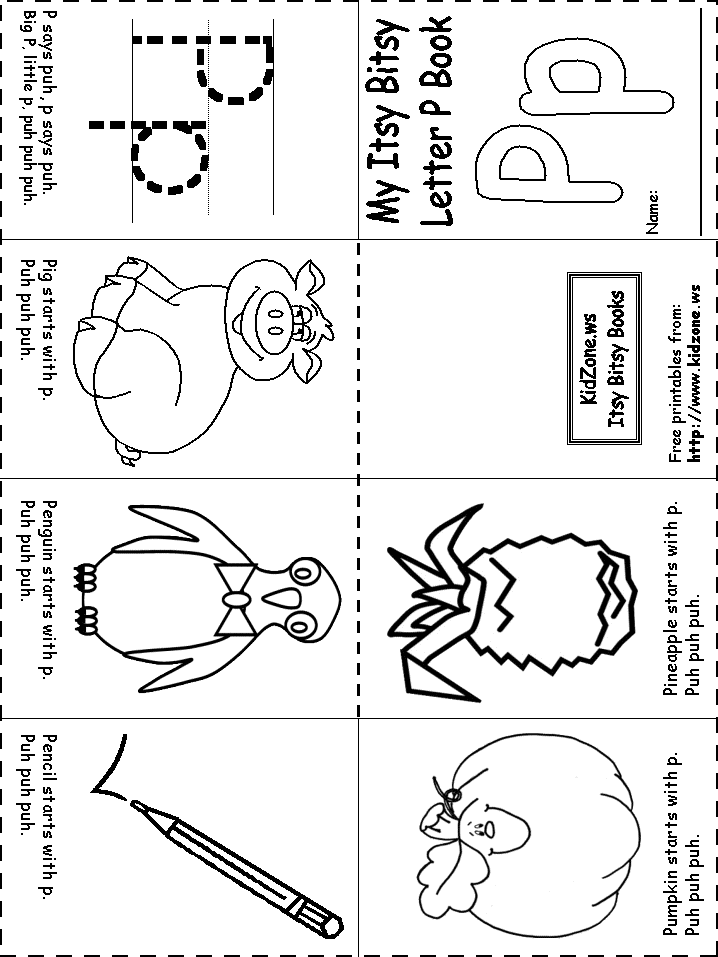 The kid learns about big ships and unusual planes. And with the help of educational cards, he will listen to the names of cars and everything related to transport, as well as interesting sounds.
The kid learns about big ships and unusual planes. And with the help of educational cards, he will listen to the names of cars and everything related to transport, as well as interesting sounds. 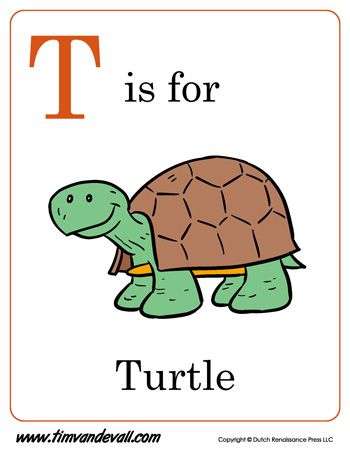
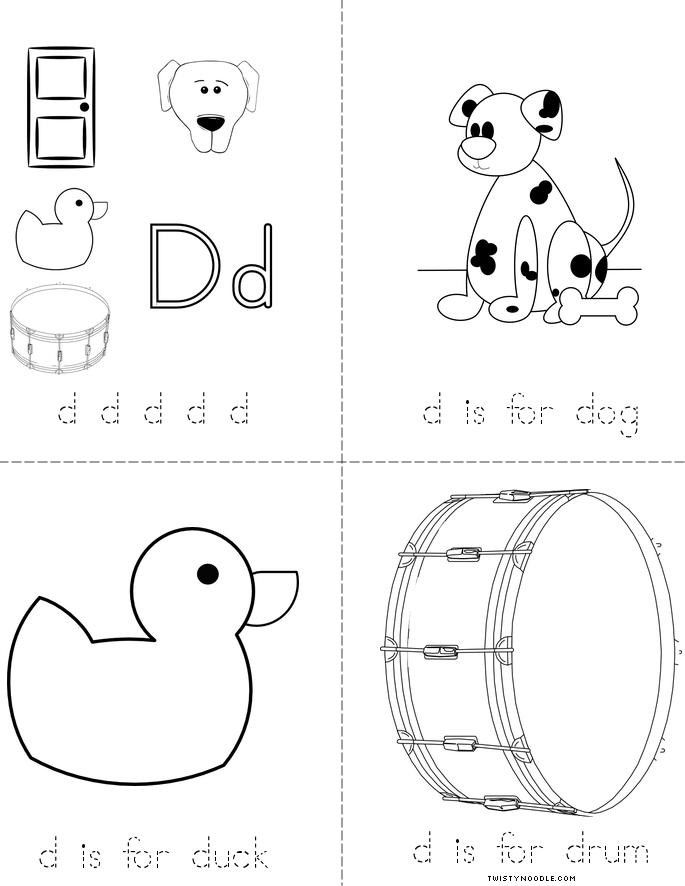 )
) 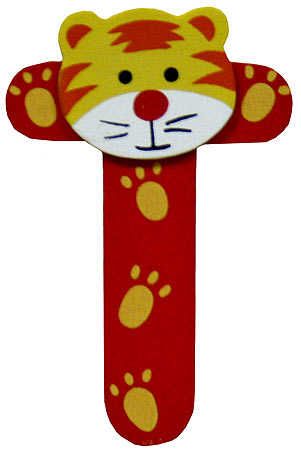 Develops motor skills in toddlers
Develops motor skills in toddlers 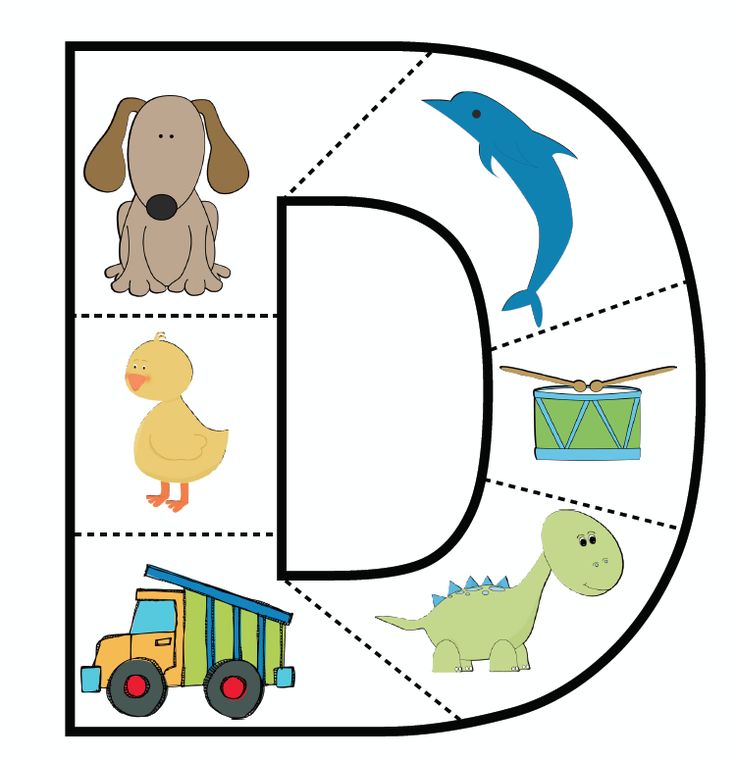 And on the way you can listen to a funny song about Africa, the voices of animals, birds and other sounds.
And on the way you can listen to a funny song about Africa, the voices of animals, birds and other sounds. 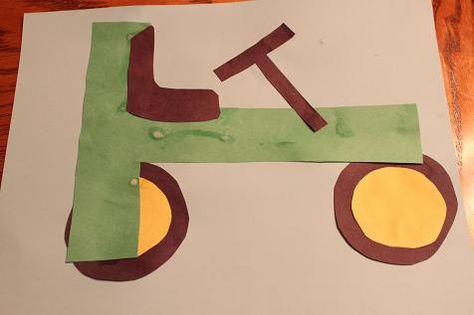 The kit also includes an amazing three-color felt-tip pen.
The kit also includes an amazing three-color felt-tip pen. 

